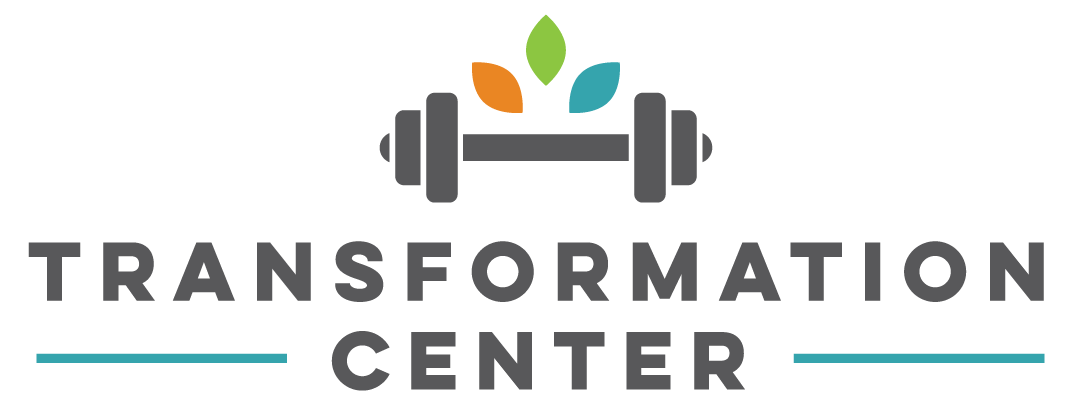
Every few months, a new “danger” story breaks in the wellness world: eggs are bad, fat is bad, carbs are bad… and now: protein powders are poisoning you with lead.
The problem with these headlines is they often can spark fear, confusion, and impulsive decisions—without giving you context.
That’s why we’re writing this. We want to set the record straight, ease your concerns, and give you real, actionable information. You deserve to know what’s really going on with lead in protein powders, how much is “normal,” and how the TC community approaches safe, sustainable nutrition.
What the recent headlines are talking about
Disclaimer: This is not medical advice. Always consult your physician or a qualified healthcare provider—especially if you have existing health conditions. Everyone’s body and history are unique, and what applies generally may not apply to you.
Non-profit groups and media outlets recently highlighted tests of popular protein powders that found measurable amounts of heavy metals—including lead. For example:
- A report by Clean Label Project found that ~47% of tested powders exceeded limits set by California’s Proposition 65 for contaminants like lead and cadmium.
- A follow-up risk assessment study found that even among products with detectable heavy metals, estimated exposure did not exceed typical adult risk thresholds in most cases (Hazard Index < 1).
- The U.S. Food & Drug Administration (FDA) clarifies: there is no known safe level of lead exposure, so they monitor and regulate lead in food—though dietary supplements (like many protein powders) are less strictly regulated.
So yes—lead was detected. Yes—some numbers sounded alarming. But yes—there’s more to the story than the “poison your shake” headline.
Understanding the numbers & risk context
What counts as risk?
- The FDA’s Interim Reference Levels (IRLs) for lead exposure are approx 2.2 µg/day for children, and 8.8 µg/day for women of childbearing age. These are conservative thresholds.
- California’s Proposition 65 “safe harbor” for lead is 0.5 µg/day, which is far stricter (and not a federal safety standard). Many media stories use that lower number—which makes risk sound much higher.
- One risk assessment found that even heavy-metal levels in some protein powders led to predicted adult blood lead levels still below the CDC’s concern threshold (5 µg/dL) in modeled exposure.
How lead shows up in food & supplements
Lead is naturally present in the environment (soil, water, air) and can accumulate in plants, animals, and ultimately, foods and supplements. The FDA explains: “lead may be present in food from the environment where foods are grown, raised, or processed.”
That means: trace lead isn’t surprising. What matters is the amount, frequency, and whether your exposure adds up alongside other sources.
So… how bad is it, really?
From the evidence:
- If you’re a healthy adult, using a protein powder occasionally, the risk of adverse effects from lead in the shake alone appears low.
- But: daily use of a high-lead product, especially coupled with other high-lead exposures (water, food, environment), could raise risk.
- For children, pregnant women, or people with existing kidney or neurological conditions, more caution is warranted—since their vulnerability to lead is higher.
What the TC recommends: actionable steps for smart supplementation
Here’s the practical side: what you can do to keep your nutrition strong, safe, and sustainable.
- Look for third-party certifications.
Choose protein powders that are tested by independent bodies like NSF International (NSF Certified for Sport), U.S. Pharmacopeia (USP), or Informed Choice. These add quality assurance beyond label claims. - Rotate your protein sources.
Use whole-food proteins (eggs, Greek yogurt, lean meat, legumes, tofu) in addition to—or in place of—powders. This reduces reliance on any one supplement batch and spreads risk. - Check your serving size & frequency.
One scoop/day is different from three scoops daily. Even a powder with slightly higher lead could be fine in moderation, but risk rises with more servings or daily high consumption. - Prefer whey/animal-based or minimally flavored powders (if you use them).
Some studies found plant-based powders (especially chocolate-flavored) had higher lead and cadmium levels than whey-based ones. - Be extra cautious if you’re pregnant, planning pregnancy, or giving supplements to a child.
In these groups, even small exposures matter more. Consult your doctor about supplement choice or whether you need one at all. - Don’t fall into “fear-mode,” but do stay informed.
Some headlines are helpful; some lean toward scare tactics without full context. Stay grounded: trace levels are often expected. Smart choice > panic switch-off.
Final Thoughts
As with many things, alcohol, aspartame, fat soluble vitamins, and much more – the poison, is in the dose.
We should absolutely try to eat a well balanced diet of whole, nutrient dense, vitamin and mineral rich foods. However, supplementation can help if done properly to help keep us strong, healthy and independent for years to come!
The discovery of lead in some protein powders isn’t nothing—but it’s not a full-blown crisis for every user either. It’s a prompt for greater awareness and smarter choices, not fear paralysis. For most healthy adults, moderate use of a certified brand will be safe. The real risk lies in ignoring quality, over-consuming a contaminated product, or combining multiple high-exposure sources.
Our focus is always on safe, sustainable nutrition. Use the tools above, ask questions, and tailor your supplement strategy to you. Because lasting change isn’t about extremes—it’s about consistency, good habits, and informed choices.
If you’re unsure about a product you’re using—or whether you even need a powder—reach out. We’re happy to help you get on the right track.
Again: Not medical advice—if you have health conditions or special concerns (pregnancy, kidney disease, etc.), check with your healthcare provider before making changes.
References
- U.S. Food and Drug Administration (FDA). Lead in Food, Foodwares, and Dietary Supplements. Updated March 2024. https://www.fda.gov/food/environmental-contaminants-food/lead-food-and-foodwares
- Clean Label Project. Protein Powder Study 2.0: Heavy Metals, BPA, and Other Contaminants. 2024. https://cleanlabelproject.org/protein-study-2-0/
- Dziwenka, M., et al. (2020). Heavy Metal Exposure from Protein Powders: A Risk Assessment Study. Journal of Toxicology, Article ID 8874590. https://doi.org/10.1155/2020/8874590
- Vox Health. (2024). Are Protein Powders Dangerous? Here’s What Experts Actually Say. https://www.vox.com/future-perfect/465552/protein-powder-lead-poisoning-fda-supplements-consumer-reports
- Real Simple. (2024). Unsafe Levels of Lead and Cadmium Found in 47% of Protein Powders Tested—Here’s How to Minimize Your Exposure. https://www.realsimple.com/unsafe-levels-of-lead-and-cadmium-found-in-47-of-protein-powders-tested-here-s-how-to-minimize-your-exposure-8774590

Recent Comments